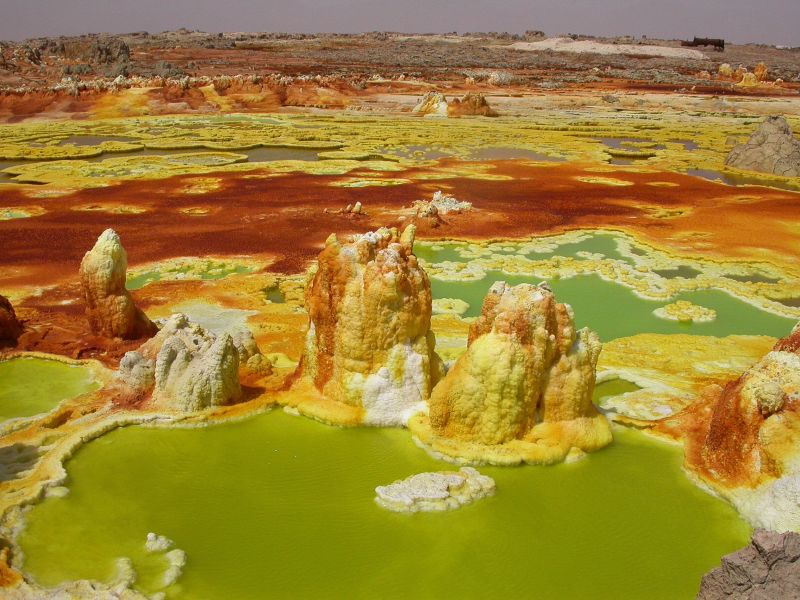By Chris Giles, CNN






The Danakil Depression: A Hotbed of Extremophilic Life
Introduction to Danakil Depression
Located in Ethiopia, the Danakil Depression is renowned for its extreme temperatures and harsh environment. This geological wonder reaches temperatures averaging 34.5 degrees Celsius, often exceeding 50 degrees. Moreover, it boasts unique geological features that attract interest from scientists and researchers worldwide.
Scientific Exploration and Its Purpose
In spring 2016, a team of researchers from the University of Bologna along with the International Research School of Planetary Science embarked on a mission to study extremophiles in the Danakil region. Extremophiles are resilient organisms thriving in adverse conditions, offering insights into potential life on other planets, including Mars.
Hypersaline Environments: Lake Afrera
Among the notable features of the Danakil Depression is Lake Afrera, a hypersaline lake visible from space. This lake illustrates the unique environmental conditions that allow extremophiles to flourish, showcasing nature’s adaptability.
The Ongoing Salt Mining Tradition
Despite the inhospitable climate, the local Afar people have maintained a centuries-old tradition of salt mining. They hand-harvest salt from the ground, navigating the extreme temperatures and toxic air. Consequently, this practice not only supports their livelihoods but also connects them deeply to their heritage.
Challenges of the Environment
Living in the Danakil Depression comes with significant challenges. As Gómez notes, “If you stay outside for too long you start to burn. At times you have to put a mask on and avoid breathing in the toxic air.” Such statements underline the harsh realities faced by both the local populations and researchers alike.
Conclusion
The Danakil Depression serves as a remarkable case study for scientists and a cultural touchstone for the Afar community. Its extreme conditions not only challenge survival but also inspire exploration into life’s possibilities in hostile environments.





